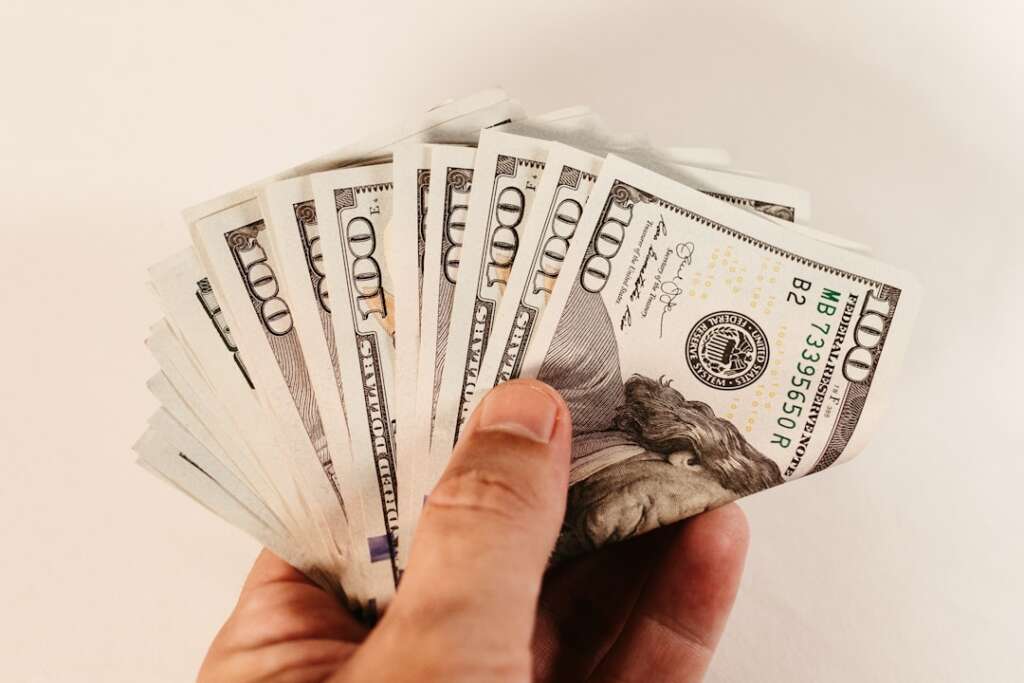Share This Article
Ever find yourself wondering where all your money went? The cash envelope system (also called “cash stuffing”) is one of the simplest ways to control spending. This time-tested method has helped people manage their money for decades.
You divide cash into labeled envelopes for different spending categories. When the money in an envelope is gone, you stop spending in that category until next month. No borrowing from other envelopes, no hitting the ATM again.
How It Works
The cash envelope system uses labeled envelopes filled with cash to help you track spending and stay on budget. First, create your monthly budget and figure out how much you want to spend in each category. Then take out that exact amount in cash and put it into envelopes labeled with each spending category.
Common envelope categories include groceries, gas, restaurants, entertainment, clothing, and personal care. Throughout the month, you only spend from the appropriate envelope. When an envelope is empty, you’re done spending in that category.
This system works because it makes your spending tangible. With cash envelopes, you physically see your money decreasing with each purchase, making you much more aware of where your dollars are going.
Setting Up Your System
Before you stuff any envelopes, you need a budget. A good starting point is the 50/30/20 budget, where you put 50% of your after-tax income toward needs, 30% toward wants, and 20% toward savings and debt repayment.
Say you take home $3,500 a month. Your envelope categories might look like this:
• Groceries: $400
• Gas: $150
• Restaurants: $250
• Entertainment: $150
• Personal care: $75
• Clothing: $100
The envelope method works best for variable expenses you can pay with cash. Fixed expenses like rent, insurance, and loan payments don’t work well with cash envelopes since these are usually paid electronically.
Making It Work
The envelope method only works if you stick to it consistently. When your restaurant envelope is empty, eat at home instead of borrowing from your grocery money to cover takeout.
If you consistently run out of money in certain envelopes too quickly, adjust your budget for the next month. The beauty of this system is that it shows you exactly where your money habits need attention.
If you’ve got money left in an envelope at the end of the month, you can save it for next month in that category, add it to your emergency fund, or use it to pay down debt.

Digital Alternatives
Carrying envelopes full of money isn’t always practical. Fortunately, you can get the same discipline with digital tools.
Several apps recreate the envelope experience virtually. Goodbudget lets you create up to 20 envelopes in the free version. EveryDollar also supports envelope-style budgeting.
You can also use a spreadsheet. Make columns for each spending category, and update them each time you make a purchase. The key is manually tracking every expense.
When It Works Best
This system shines for people who struggle with overspending, especially those who find it too easy to swipe a card without thinking. Counting out cash naturally slows down your purchasing decisions.
It’s particularly effective if you tend to overspend in specific categories. As certified financial planner R.J. Weiss explains, “Just pick a few categories where you usually go overboard. That way, there’s a hard stop, a very black and white line each month.”
Cash envelopes also work well for couples and families who want to share spending responsibilities. Everyone knows exactly how much is available in each category.
The Downsides
The envelope system isn’t perfect. Carrying cash makes you vulnerable to loss or theft, and you miss out on credit card rewards. Many bills can only be paid online, which limits your budget.
You also won’t earn interest on money sitting in envelopes. If you put $1,000 in a high-yield savings account at 4% APY instead, you’d have an extra $40 at the end of the year.
The method requires discipline. If you borrow from other envelopes when one runs dry, the system loses its effectiveness.
Making Your Choice
Whether you use physical envelopes or a digital version, the envelope system creates intentional friction between you and your spending decisions. It forces you to plan ahead, stay aware of your limits, and make conscious choices about your money.
Think of envelope budgeting as training wheels for your financial discipline. But for many people, the visual nature of envelopes provides exactly the accountability they need to take control of their money.


